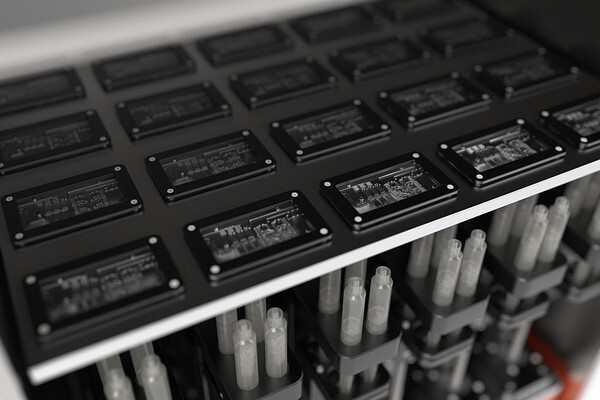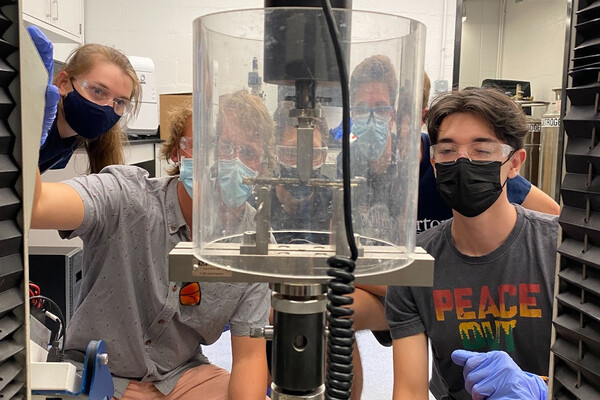
(Left to right) Michelle Paolicelli, David Nemeth, Michael Adjedj, Bryce Gunderman, and Sebastian Miralles break a composite material on the MSE Departmental Laboratory’s mechanical tester. (Image: Penn Engineering Today)

(Left to right) Michelle Paolicelli, David Nemeth, Michael Adjedj, Bryce Gunderman, and Sebastian Miralles break a composite material on the MSE Departmental Laboratory’s mechanical tester. (Image: Penn Engineering Today)
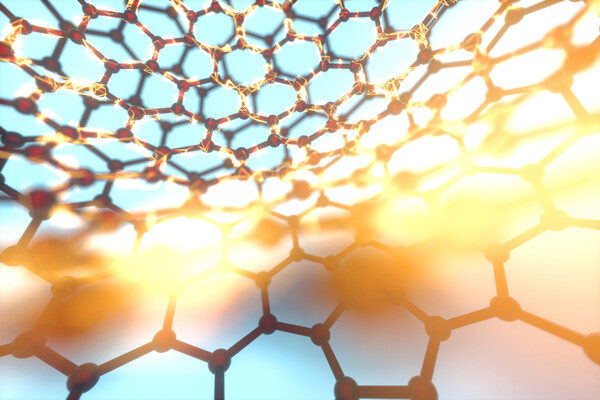

Homepage image: No one type of medical imaging can capture every relevant piece of information about a patient at once. Digital twins, or multiscale, physics-based simulations of biological systems, would allow clinicians to accurately infer more vital statistics from fewer data points.
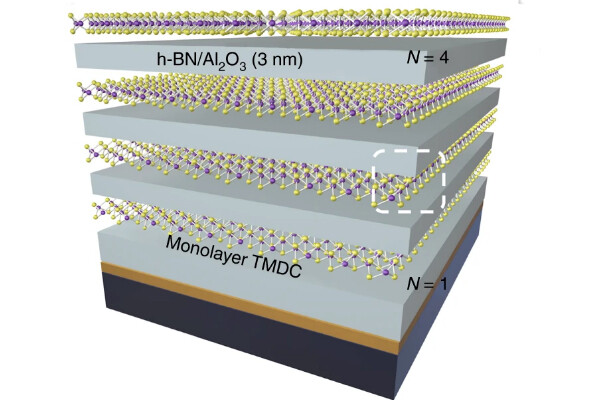
So-called “two-dimensional” materials have unique electrical and photonic properties, but their ultrathin form factors present practical challenges when incorporated into devices. Penn Engineering researchers have now demonstrated a method for making large-area “superlattices”—layered structures containing 2D lattices of sulfur and tungsten—that can achieve light-matter coupling. (Image: Penn Engineering Today)
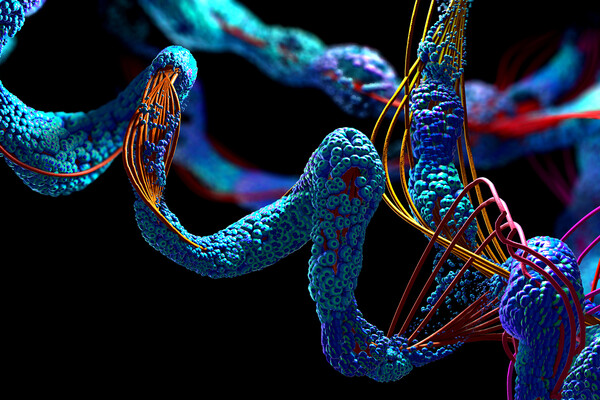
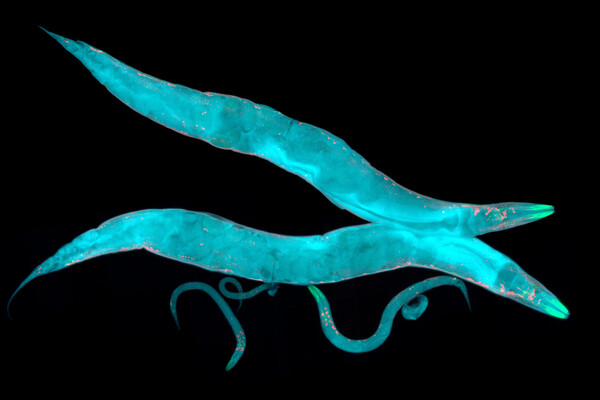
Caenorhabditis elegans, a free-living transparent roundworm, about 1 mm in length.
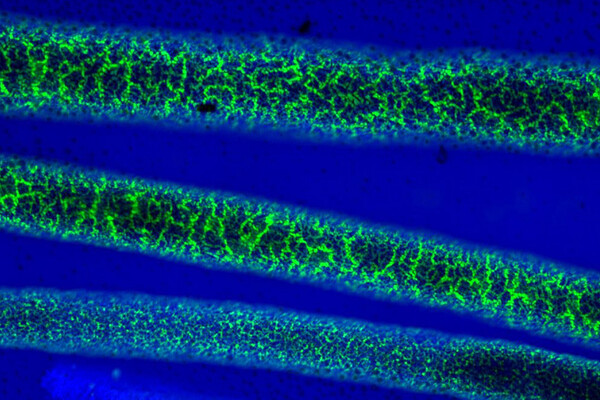
Bijels, or bicontinuous interfacially jammed emulsion gels, are structured emulsions of oil and water that are kept separated by a layer of nanoparticles. Penn Engineering researchers will develop a way of using them to manufacture mRNA-based therapeutics. (Image: Penn Engineering Today)

César de la Fuente, Presidential Assistant Professor
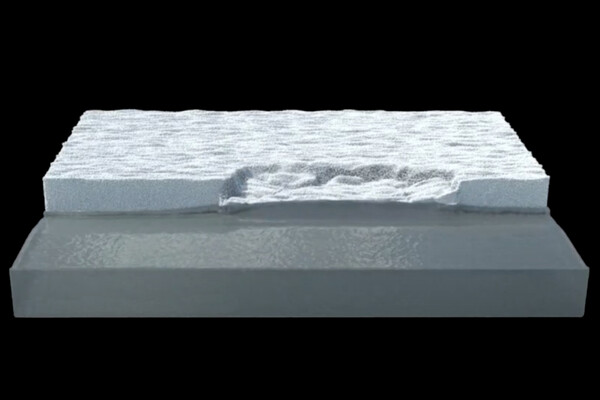
The researchers’ model is capable of accurately describing glacial calving and resulting tsunami waves. (Image: Penn Engineering Today)
